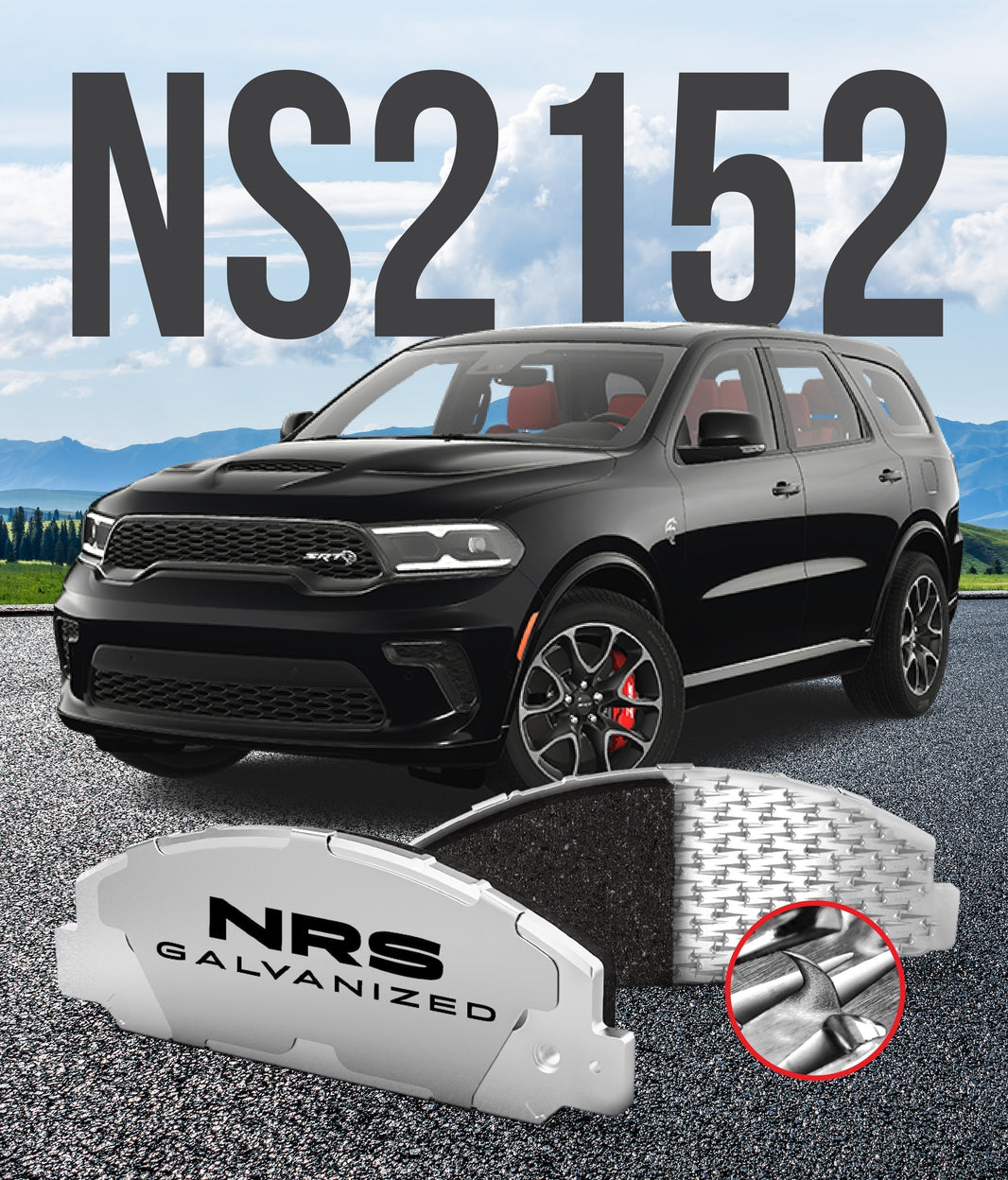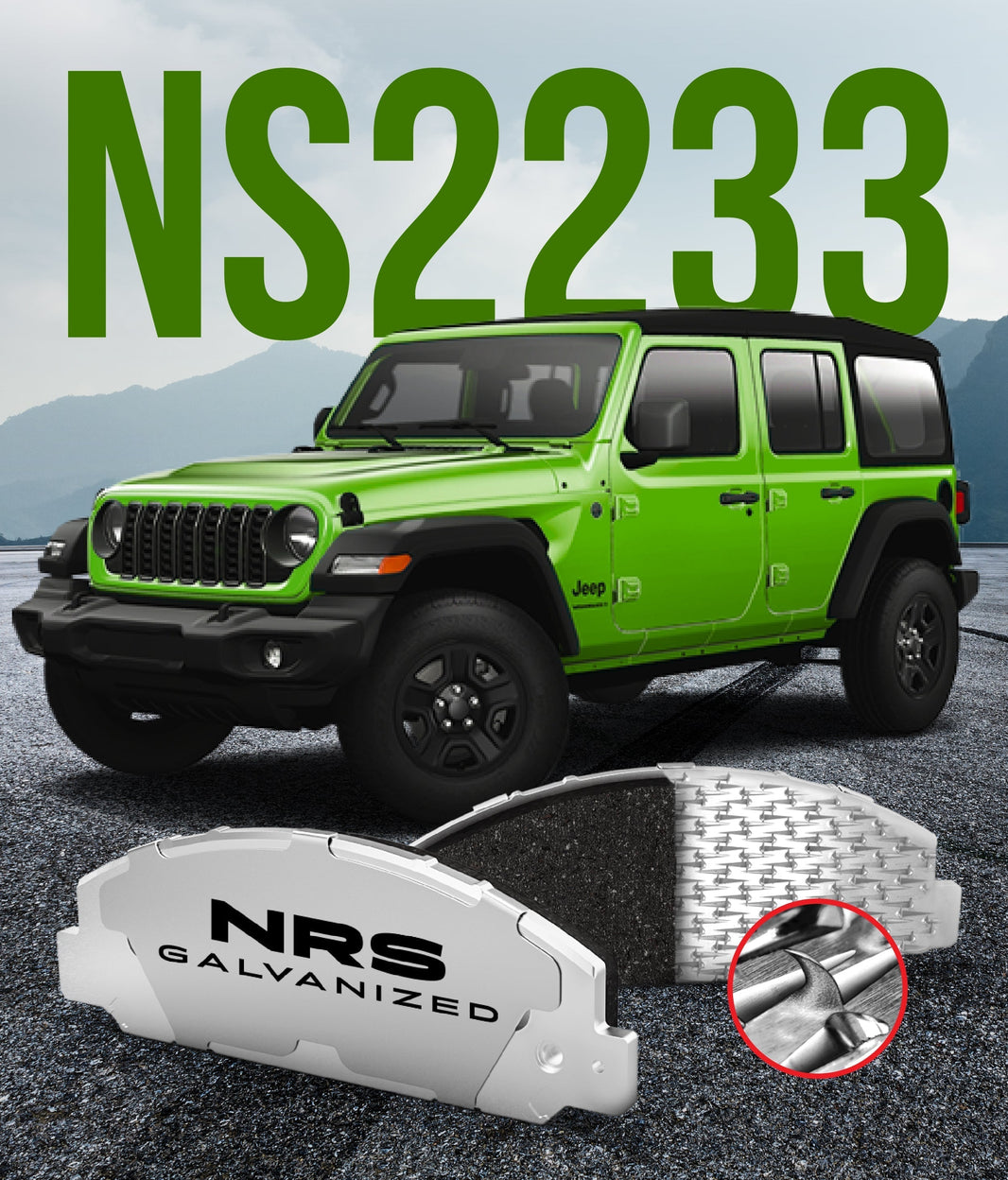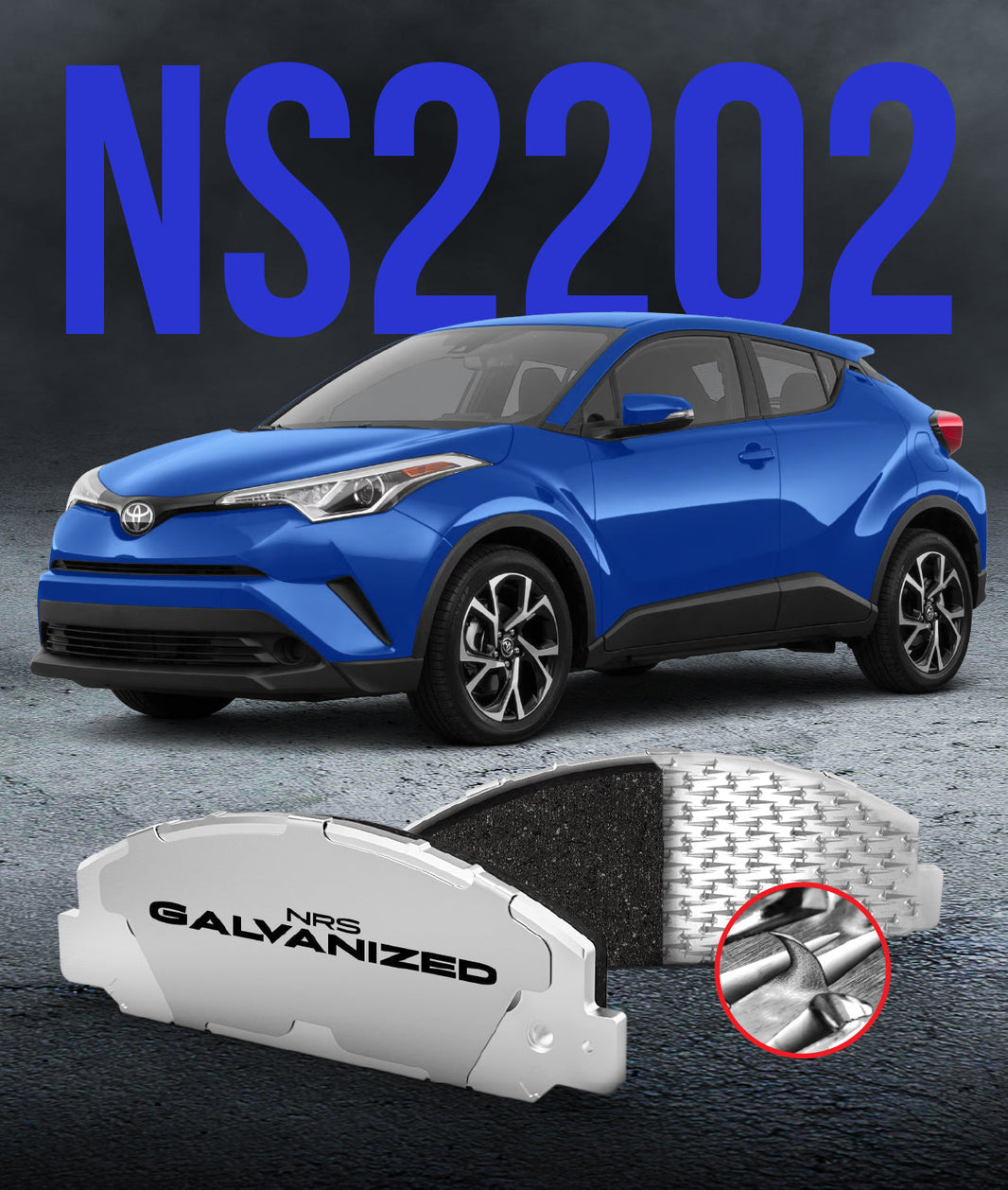
Rust is the relentless enemy of every car owner, especially for those who live in regions with harsh winters or coastal climates. It silently attacks the metal components of your vehicle, weakening its structure and ruining its appearance. While we often worry about the cosmetic damage to body panels, the corrosion on critical parts like your brake system is a serious safety concern that requires you to prevent winter from corroding your brake pads.
Fortunately, engineers have developed a variety of advanced coatings to protect these vital components from the elements. But not all coatings are created equal. This guide will compare the most common types of anti-corrosion coatings, helping you understand how they work and which ones offer the best protection for your vehicle.
The Science of Sacrificial Protection
Before we look at the different types of coatings, it is important to understand the basic principle behind how many of them work. The most effective anti-corrosion coatings, like zinc plating, provide what is known as "sacrificial protection." This is a clever bit of chemistry that uses one metal to protect another.
Think of it like a bodyguard. Zinc is a more reactive metal than the steel it is coating. When exposed to corrosive elements like salt and water, the zinc layer will corrode first, sacrificing itself to protect the steel underneath.
The Most Common Anti-Corrosion Coatings
When you are shopping for automotive parts, especially brake components, you will come across a variety of terms used to describe their protective coatings. While they all aim to prevent rust, they vary greatly in their durability and effectiveness. Understanding these differences will help you choose the best anti corrosion coating for car parts.
Let's break down the most common types you will see.
Standard Paint or Powder Coating
This is the most basic form of protection. A layer of specialized paint or a baked-on powder coat creates a simple barrier between the metal and the environment. This is a common rust prevention for brake calipers and other suspension parts.
While paint and powder coating can look great when new, they have a major weakness: they are susceptible to chips and scratches. Once the barrier is broken by a rock chip or a mechanic's wrench, moisture can get underneath the coating. This allows rust to form and spread unseen until it eventually causes the coating to flake off.
Phosphate Coatings
Phosphate conversion coatings are a common treatment for brake rotors and other steel parts. The process involves treating the part with a phosphoric acid solution, which creates a thin, crystalline layer on the surface of the metal. This gray or black coating provides a modest level of corrosion resistance.
The main benefit of a phosphate coating is that it provides good adhesion for paints and helps to prevent rust from creeping underneath a painted surface. However, on its own, it offers only temporary protection. It will wear off quickly on the friction surfaces of a brake rotor and will eventually succumb to the elements on other areas.
Zinc Plating (Galvanization)
This is where we get into the world of truly effective, long-term corrosion protection. Zinc plating explained is the process of applying a thin layer of zinc to the surface of a steel part. This is most commonly done through a process called electroplating, which uses an electric current to bond the zinc to the steel.
This process, also known as galvanization, is one of the most effective methods of rust prevention. The zinc provides both a durable barrier and sacrificial protection. Even if the coating is scratched, the zinc surrounding the scratch will continue to corrode first, protecting the exposed steel. This "self-healing" nature is what makes it so superior to simple paints.
A Head-to-Head Comparison
To make the choice clearer, let's compare these coatings based on the factors that matter most for automotive parts.
-
Durability: Zinc plating is the clear winner here. It is a metallic coating that is bonded to the steel, making it much more resistant to chips and scratches than a simple layer of paint.
-
Protection When Scratched: This is where zinc's sacrificial nature gives it a huge advantage. If paint is chipped, the steel underneath is left completely exposed and will begin to rust immediately. If zinc plating is scratched, the surrounding zinc will protect the steel.
-
Longevity: Because of its durability and sacrificial properties, a galvanized part will resist corrosion for much longer than a painted or phosphate-coated one. This is especially true in harsh environments with heavy road salt use.
-
Cost: Paint is generally the cheapest option, which is why it is common on budget-friendly parts. Zinc plating is a more involved and expensive process, which is why it is typically found on premium, high-quality components.
Why This Matters for Your Brakes
Nowhere is the battle against corrosion more important than on your brake system. Your brake rotors, calipers, and especially your brake pad backing plates are constantly exposed to water, salt, and grime. Corrosion on these parts is not just a cosmetic issue; it is a serious safety problem.
A rusty brake caliper can have its slide pins seize, causing uneven braking. A corroded brake pad backing plate can lead to the friction material separating from the steel, which is why you should worry more about rusty brake pads than rusty rotors. This makes choosing parts with a durable anti-corrosion coating one of the most important decisions you can make during a brake job.
The Problem with Painted Brake Pads
Many brake pads on the market today use a simple coat of paint on their steel backing plates. While this looks fine in the box, that paint offers very little real-world protection. This is one of the key brake pad corrosion challenges for any vehicle owner.
Once the paint fails, the steel backing plate begins to rust. This rust can build up between the plate and the friction material, a dangerous process known as rust jacking. This can cause the friction material to crack or even completely detach from the backing plate, leading to a sudden loss of braking power.
The Galvanized Advantage
This is why choosing a brake pad with a galvanized steel backing plate is so important. The zinc plating provides a level of protection that paint simply cannot match. It ensures that the backing plate remains structurally sound for the entire life of the brake pad.
The robust protection of galvanization prevents rust jacking from ever becoming an issue. This means you can be confident that your brake pads will perform safely and reliably for their entire service life. It is a premium feature that has a direct impact on your safety.
Making an Informed Choice
When you are faced with a choice of automotive parts, it is important to look beyond the initial price and consider the quality of their construction. A part with a superior anti-corrosion coating, like zinc plating, may cost more upfront but will last longer and perform more reliably, saving you money in the long run. This is especially true for your brakes, where reliability is not just a matter of convenience but of safety.
At NRS Brakes, we are committed to building the safest, most durable brake pads in the industry. This is why we use galvanized steel for all our backing plates and our patented mechanical attachment technology. We believe we make the best Brake Pads on the market because we do not compromise on the quality of our materials or our manufacturing process.
What is one feature you always look for when choosing high-quality replacement parts for your car?




